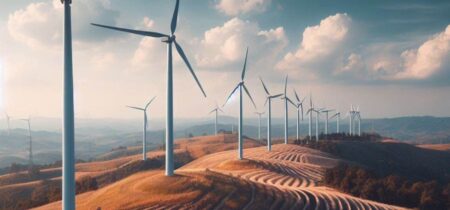
The Australian Energy Regulator (AER) has warned that the country’s push towards clean energy could lead to higher electricity tariffs for consumers. The AER has proposed a new pricing structure that would allow energy companies to recover the costs of their investments in renewable energy infrastructure. The regulator has said that the new pricing structure would help to ensure that energy companies are able to invest in new renewable energy projects. However, the AER has also warned that the new pricing structure could lead to higher tariffs for consumers, as energy companies pass on the costs of their investments to customers.
The regulator has emphasized that it is important for consumers to understand that the transition to clean energy will require significant investment from energy companies. The AER has also said that it is important for consumers to be aware of the potential impact of the transition to clean energy on electricity prices. The regulator has said that it is working with energy companies to ensure that they are able to invest in new renewable energy projects while keeping tariffs affordable for consumers.
According to Justin Oliver, board member at the Australian Energy Regulator (AER), Australia’s efforts to increase renewable energy supply through upgrades to its power transmission infrastructure and measures to stabilize its grid will result in higher electricity tariffs. Oliver refrained from providing precise information regarding the extent and duration of the price hike. It’s worth noting that the country, with a population of over 25 million, currently has the second-highest retail electricity prices for both households and businesses in the Asia-Pacific region Its power market is also the world’s most volatile, consultancy Rystad Energy said in a report this week .
Australia aims to increase the share of clean energy to as much as 82% of overall electricity supply by 2030 from about a third now, and the government plans to spend $20 billion to make its grid more reliable, amid increasing green energy output, and to cut emissions by 43% by 2030. The country’s National Energy Performance Strategy aims to provide a long-term framework for demand-side action to reduce pressure on energy bills, improve energy reliability, reduce emissions, and deliver a high energy performance economy.
Power from solar and wind is harder to forecast and control as it varies with weather conditions, and reliable supply of such power requires improvements to transmission and distribution networks – which are likely to cost at least $2 trillion over the next decade in the Asia-Pacific region.
It is important for consumers to be aware of these developments as they could have a significant impact on their electricity bills. The AER has assured that it is working with energy companies to ensure that they are able to invest in new renewable energy projects while keeping tariffs affordable for consumers .













